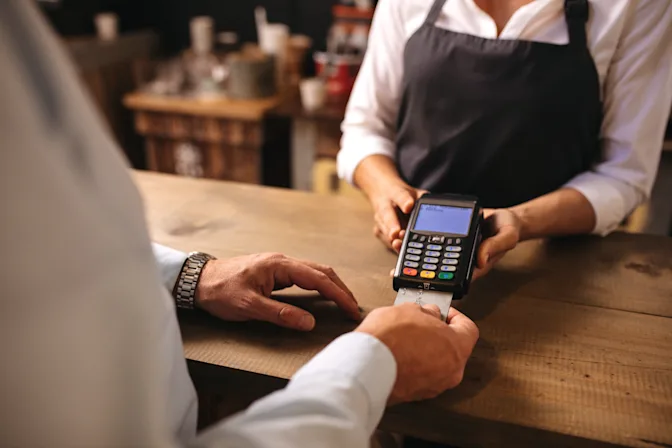
Hidden Danger: Card Cloning
Card cloning, a sophisticated form of credit card fraud, poses a significant threat to consumers worldwide. With millions of transactions occurring daily, the ease with which criminals can replicate your card's data is alarming. Understanding how card cloning works and how to protect yourself is crucial in safeguarding your finances.
How Does Card Cloning Work?
Card cloning involves replicating the digital information stored on debit or credit cards to create fraudulent copies. This process, also known as card skimming, allows criminals to make unauthorized purchases using cloned cards. The most common targets are cards with magnetic stripes, but even more secure EMV chip and contactless cards are not immune to this threat.
- Magnetic Stripe Cards: Magnetic stripe cards store data on a strip that is easily duplicated. Criminals use skimmers, small devices that capture card information during a legitimate transaction. These devices are often placed on ATMs or gas pumps, allowing thieves to steal data without the cardholder's knowledge.
- EMV Chip Cards: EMV chip cards are designed to be more secure than magnetic stripe cards by using a unique code for each transaction. However, criminals have developed techniques to bypass these protections, such as shimming, where a thin device is inserted into a card reader to steal data from the chip.
- Contactless Cards: Contactless cards use RFID technology to transmit data wirelessly. While they offer greater convenience and security, they still pose risks. Thieves can use specialized devices to intercept the data during transactions, although this is less common than other methods.

Types of Card Cloning Fraud
- Card Skimming: Skimming devices are attached to point-of-sale terminals, ATMs, and gas pumps. These devices capture card details during legitimate transactions, which are then used to create cloned cards for fraudulent purchases.
- Carding: Fraudsters use stolen card information to make small purchases, testing the validity of the card. Once confirmed, they proceed with larger, more damaging transactions.
- Data Breaches: Hackers can infiltrate business databases, stealing card details en masse. This stolen data is often sold on the dark web, where other criminals purchase it to create cloned cards.
The Impact of Card Cloning
The financial impact of card cloning is staggering. The FBI estimates that skimming costs financial institutions and consumers over $1 billion annually. With 1.2 billion card transactions occurring daily worldwide, the potential for loss is immense. A recent example reported by Marketwatch illustrates the personal impact: A consumer's debit card was cloned, and despite having a chip card, the cloned card was used for transactions at locations the victim had never visited. This resulted in $2,300 in unauthorized charges.
Preventing Card Cloning
Protecting yourself from card cloning involves several proactive steps:
- Use Chip-Enabled Cards: EMV cards provide better protection against cloning.
- Avoid Suspicious ATMs: Look for tampering signs and use secure locations.
- Protect Your PIN: Cover the keypad when entering your PIN.
- Monitor Your Statements: Regularly review your bank and credit card statements.
- Beware of Phishing Scams: Never share your card information in response to unsolicited requests.
Card cloning remains a prevalent and costly threat, but by staying informed and vigilant, you can reduce your risk. Understanding how card cloning works and taking preventive measures can help protect your finances from this insidious form of fraud.
References: Card Cloning | Credit Card Cloning: Definition and Ways to Protect Yourself | I've been locked in a battle to recoup my money: My debit card was cloned and charged $2,300, but my bank insists my actual card was used. What can I do?























